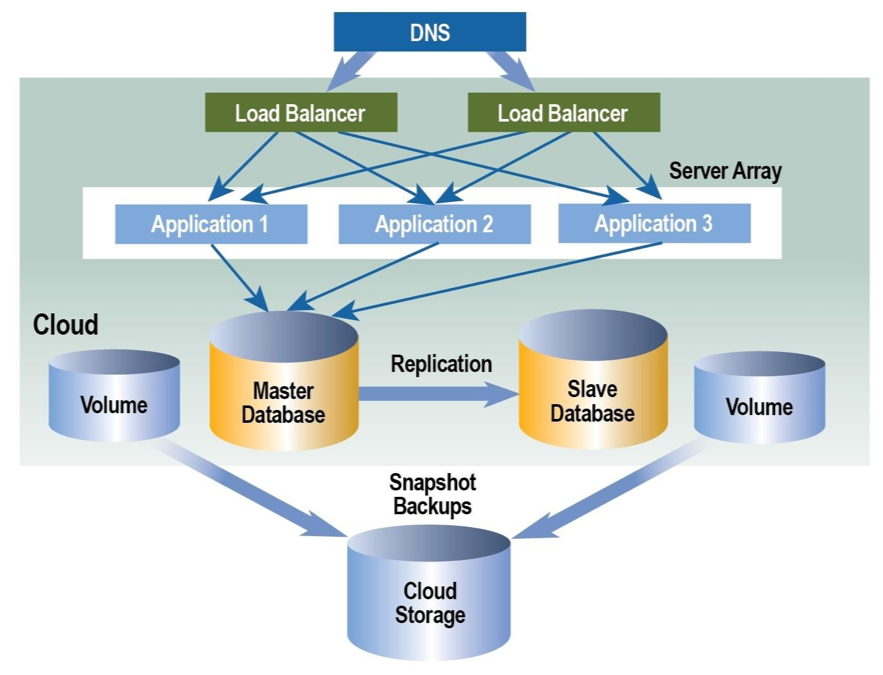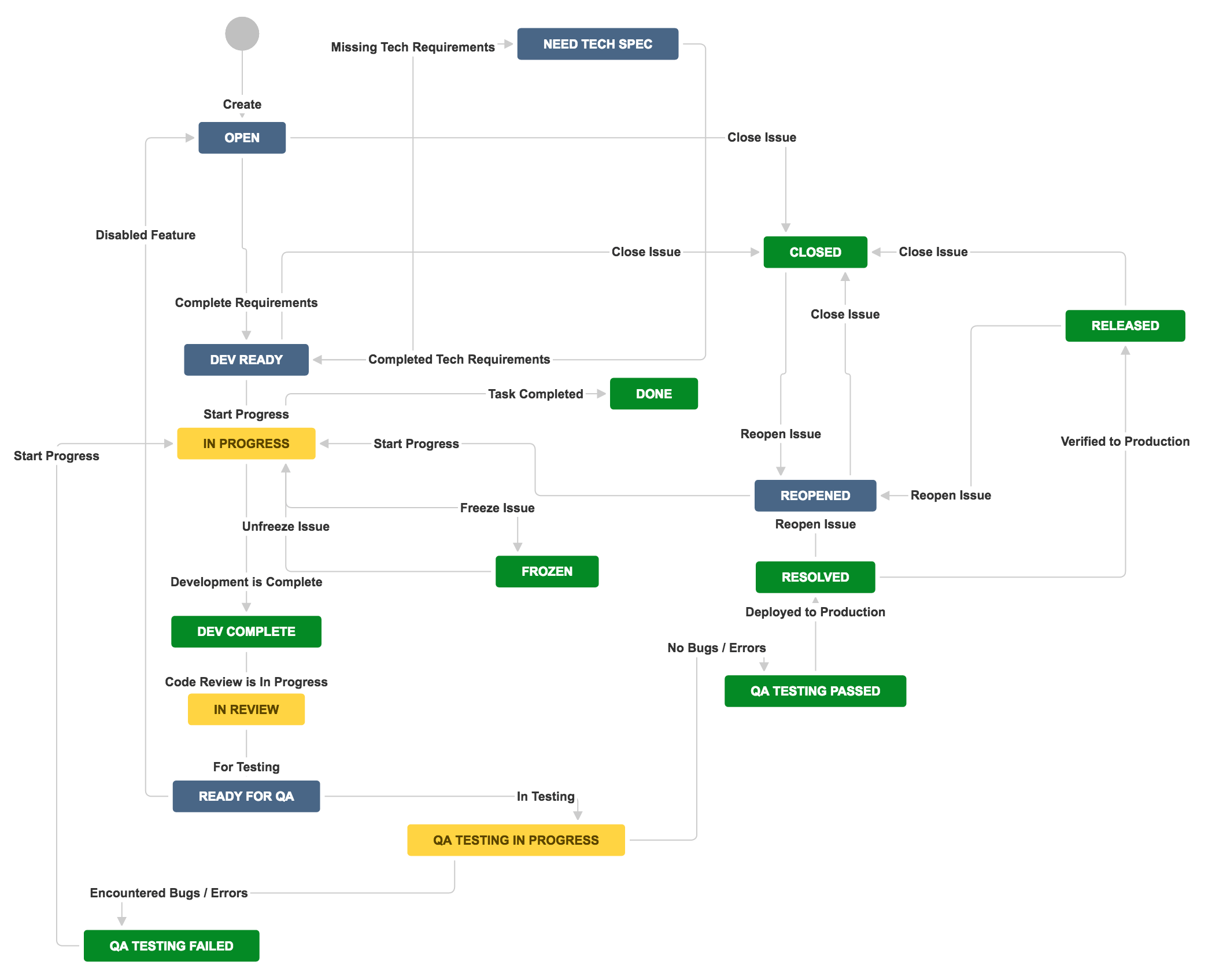Embracing Rust for Future-Proof Software Development
In the ever-evolving landscape of software development, staying ahead of the curve is not just a benefit—it’s a necessity. As the founder of DBGM Consulting, Inc., specializing in a plethora of cutting-edge technology solutions, my journey through the realms of AI, cloud solutions, and process automation has always been about leveraging the right tools for innovation. Hence, my interest in Rust, a programming language that’s garnering significant attention for its unique approach to safety, performance, and concurrency—the trifecta of modern software development demands.
Graduating from Harvard University with a masters focusing on information systems and artificial intelligence and machine learning, and having worked extensively with languages designed for performance and scalability, I’ve seen firsthand the pitfalls of neglecting software safety and efficiency. Rust stands out as a beacon of hope in addressing these concerns.
Why Rust?
Rust was created with the goal of avoiding the segfaults and security vulnerabilities inherent in languages like C and C++. Its ownership model, combined with strict compile-time borrowing and reference rules, uniquely positions Rust to guarantee memory safety without the need for a garbage collector. This translates to applications that can both outperform and be fundamentally more reliable than their counterparts written in languages that either can’t guarantee this level of safety or incur runtime overheads for it.
As a connoisseur of technology and someone who values both performance and security, I see Rust’s potential in not just systems programming, but also in cloud solutions and AI applications where safety and performance go hand-in-hand.
‘
‘Rust programming language logo’
‘
The Application of Rust in AI and Cloud Solutions
- AI and Machine Learning: For AI, the speed at which data can be processed and insights can be drawn is paramount. Rust’s performance and ability to interface with other languages make it ideal for writing high-performance algorithms that can work alongside Python, the lingua franca of AI, for heavy lifting tasks.
- Cloud Solutions: In cloud computing, the ability to write low-latency, high-throughput services can significantly reduce costs and improve user experiences. Rust’s asynchronous programming model and zero-cost abstractions allow for building extremely efficient microservices and cloud functions.
Incorporating Rust into consulting offerings, especially in AI workshops or cloud migration strategies, provides an edge in delivering solutions that are not only cutting edge but are built with future technology needs in mind. As we move towards more complex, multi-cloud deployments and deep learning models, the technology stack’s foundation becomes increasingly important. Rust forms a solid base to build upon.
‘
‘Cloud computing architecture’
‘
Rust in Legacy Infrastructure
Transitioning legacy systems, especially those deeply entrenched in languages like C++, to modern architectures is a challenge many organizations face. Rust, with its focus on interoperability and safety, offers an intriguing avenue. It can coexist with legacy codebases, allowing for incremental modernization without the need for a complete overhaul—minimizing risks and leveraging existing investments.
Conclusion
As we navigate the complexities of modern software development, be it through the lens of AI, cloud solutions, or legacy modernization, the choice of technology stack is more critical than ever. Rust presents a compelling option, not just for its safety and performance, but for its forward-thinking features that make it a standout choice for future-proofing development projects.
From my own experiences and explorations at Harvard, Microsoft, and now at DBGM Consulting, the lesson is clear: adopting innovative tools like Rust early on can set the foundation for building more reliable, efficient, and secure software solutions that are ready for the challenges of tomorrow.
‘
‘Software development workflow’
‘
For anyone looking into next-generation technology solutions, I believe Rust is worth considering. Whether you are upgrading legacy systems, building high-performance computing platforms, or developing safe and efficient cloud-native applications, Rust has the potential to significantly impact the outcome. As we continue to explore and discuss various innovations, keeping an open mind to such powerful tools can lead us to create technology solutions that are not just functional but truly transformative.